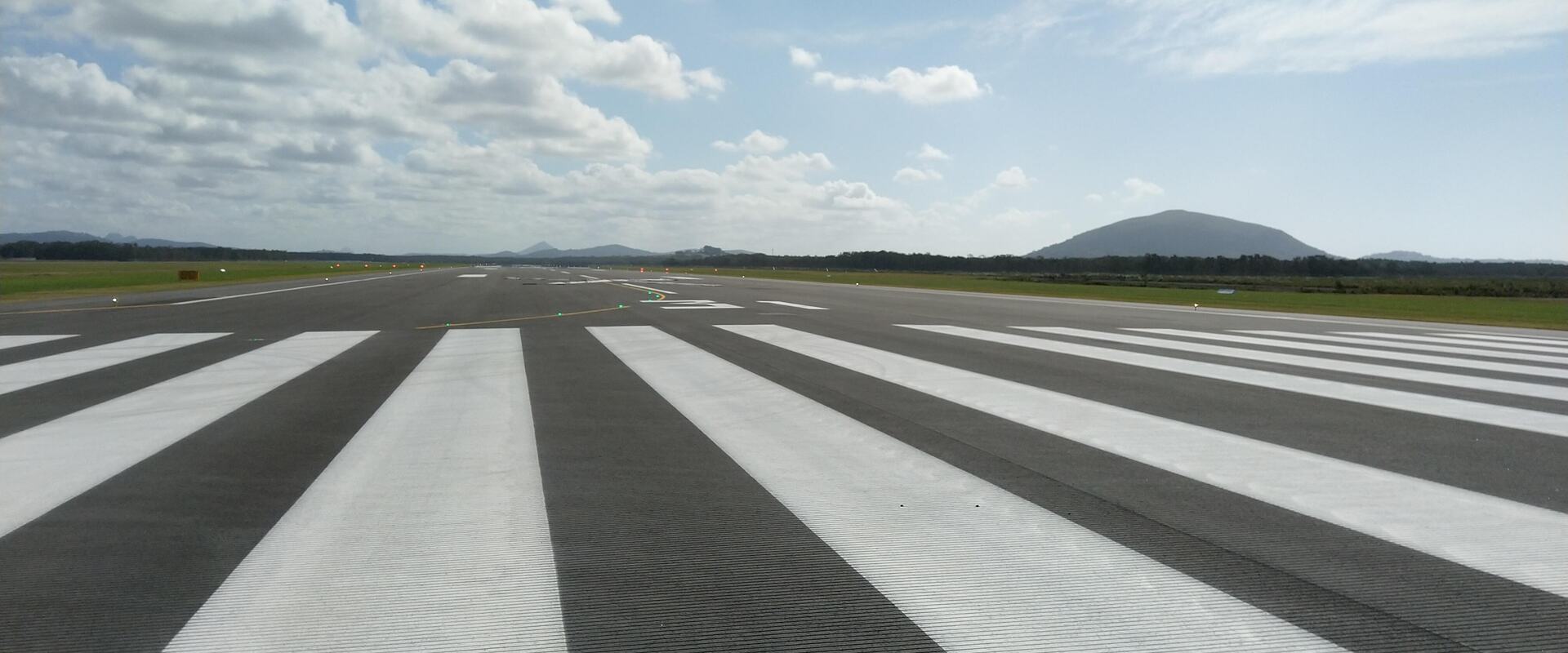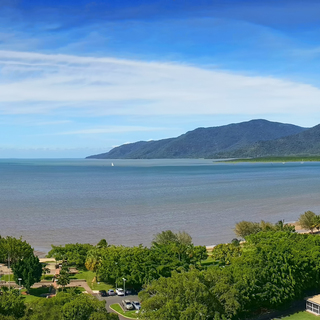
Sunshine Coast Airport Expansion Climate Change Impact Assessment
BMT conducted a climate change impact assessment as part of comprehensive Environmental Impact Statement process for the Sunshine Coast Airport Expansion.
Client: Sunshine Coast Airport
BMT conducted a climate change impact assessment as part of comprehensive Environmental Impact Statement process for the Sunshine Coast Airport Expansion. The project involved the construction of a new runway (able to accommodate Boeing 787 aircraft), taxiways and apron infrastructure within the Sunshine Coast Airport site which is a low lying heath environment that is bounded by the Maroochy River as well as the open coast at Marcoola Beach.
The climate change impact assessment was used to inform the design and fill height of the new runway as well as to understand the current and future climate implications for the operation of the new infrastructure. The assessment was accepted by the Governments as part of the EIS process and continues to guide the operation of the new facility.
The climate change impact assessment examined the predicted changes and trends for climate for the local Sunshine Coast region, using predictions and projects published nationally as well as State and local guidance. Current risks from overland flooding and storm tide risk (flooding from the sea) were mapped for the project and then revised to incorporate future conditions as affected by sea level rise and an increase in storm intensity.
These future hazard areas were then overlaid over the design footprint and proposed design elevation levels of the runway to determine the extent to which the hazards may pose a future risk to operations. Consideration was also given to the increase risk of bushfire affecting flight operations and increases in ambient temperature as well as the incidence of extreme temperature days.

We have led the development of coastal hazard maps (sea level rise, storm tide inundation and erosion) for the City of Cairns in Far North Queensland and used this information to undertake a risk assessment of assets and infrastructure of the City under three timeframes (current, 2050 and 2100), incorporating climate change projections.

Seqwater is the Queensland Government Bulk Water Supply Authority and manages over $11 billion of water supply infrastructure - including dams and weirs, conventional water treatment plants, a desalination plant, the Western Corridor Recycled Water Scheme, as well reservoirs, pump stations and more than 600 kilometres of bi-directional pipeline network. As part of Seqwater's climate change risk management, this project assessed climate change vulnerability of Seqwater's built assets.

In association with Buckley Vann town planners and the Department of Civil Engineering at the University of Queensland (UQ), we undertook a climate change vulnerability and adaptation planning study for the remote centre of Choiseul Bay, at the northern tip of the Solomon Islands.

The coastal zone of Byron Shire has a history of erosion and inundation related to ocean storm tides and wave attack.